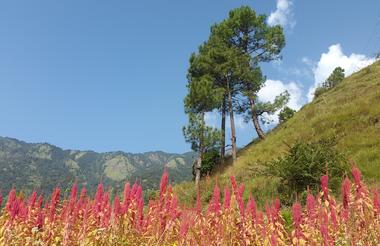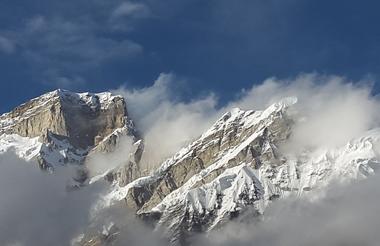Kumaon - also spelled Kumaun - is an eastern region of the state of Uttarakhand in north India. This remote area boasts some fantastic Himalayan destinations, offering unique sights and spectacular natural scenery. Usually accessed from Haldwani, Kumaon is home to the hill station of Almora, where you can enjoy the amazing views of Bright End Corner and hike to the Nanda Devi Temple; Nainital, with its famous lake; the ancient temples of Jageshwar, some of which date back to the 7th century; the Jim Corbett National Park, where you can view bengal tigers and over 1,000 bird species; the lush Kausani Tea Estate, which offers interesting tours; and the gorgeous Bhimtal Lake. Plan your itinerary carefully: there is much to see and do in this area, but the high altitudes can make travelling quite tiring.
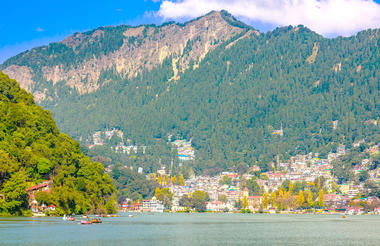

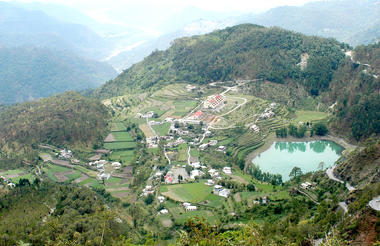
Kausani is located in the Himalayan state of Uttarakhand in northern India. This small hill station - once dubbed ‘the Switzerland of India’ by Mahatma Gandhi - is known for its incredible mountain views: sweeping panoramas which encompass more than 300 kilometres of the Nanda Devi Range. There are, in addition, a number of attractions to check out in the village, including Kausani Tea Estate - which offers popular tours - and the Anasakti Ashram, which contains an on-site museum commemorating Gandhi’s historic 1929 stay in Kausani. Active travellers will relish the hike to the Rudradhari Waterfall, a beautiful area which features a small temple and some explorable caves. Trips to Kausani are most easily organised from the relative hub of Nainital, which lies about 120 kilometres away.
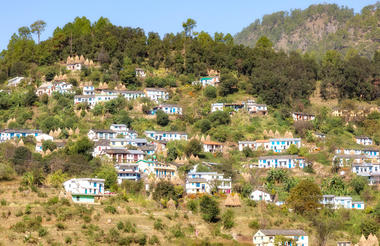
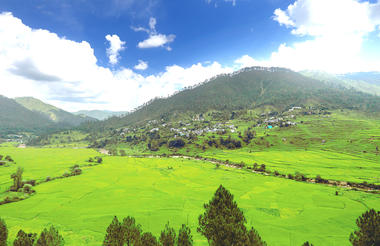
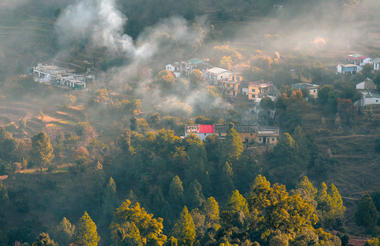
Situated in northern India’s Uttarakhand State, Jim Corbett National Park forms part of the larger Corbett Tiger Reserve and is the oldest national park in India. This forested wildlife sanctuary is known for its rich variety of fauna and flora. Established in 1936 to protect the endangered Bengal tiger, the park is an ecotourism destination which offers visitors exhilarating wildlife safaris, rich biodiversity and breath-taking landscapes. It is home to an abundance of wildlife including: 110 kinds of trees, 50 species of mammals, 25 species of reptiles as well as over 600 species of birds such as the crested serpent eagle, blossom-headed parakeet and the red junglefowl. Visitors can enjoy several activities including jungle safaris, bird watching, trekking and fishing.


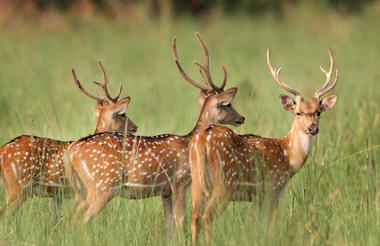
This hill station, known as the ‘Queen of Hills’, derives its name from the shrub of the same name that thrives in this region. It began humbly as a shooting lodge constructed by a British military officer but has developed into a much-loved tourist destination for its fauna, flora, and scenic beauty, especially during its cool summers. There are a number of walks and hikes that provide views of the Himalayas and Doon Valley. Routes leading to the Jharipanis Falls and Cloud End Resort are top choices - with the latter being a popular honeymoon destination.
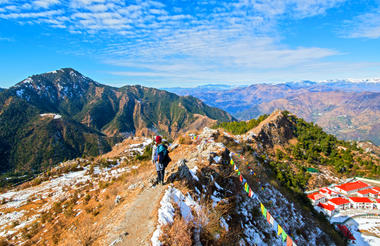
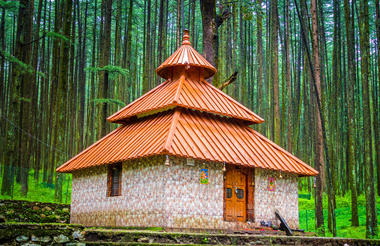
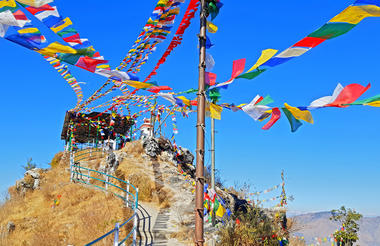
An important ancient and holy city south of Rishikesh, Hardiwar enjoys a picturesque position on the banks of the River Ganges in North India's Uttarakhand state. After its 253 kilometre journey from its source at the Gangotri Glacier in the Himalayas, Haridwar is the first town to meet the sacred river after its mountainous course. The town bustles with locals and renunciants who perform ritualistic bathing in the icy, fast-flowing waters to wash away their sins. The famous Har-ki-Pairi Ghat is a religious hub, where every evening, a sea of floating candles and flowers are sent down the river as Hindu prayer offerings. Due to its significance as a Hindi pilgrimage site, worshipers from far and wide flock to the city during major festivals, including the annual Kanwar Mela.
